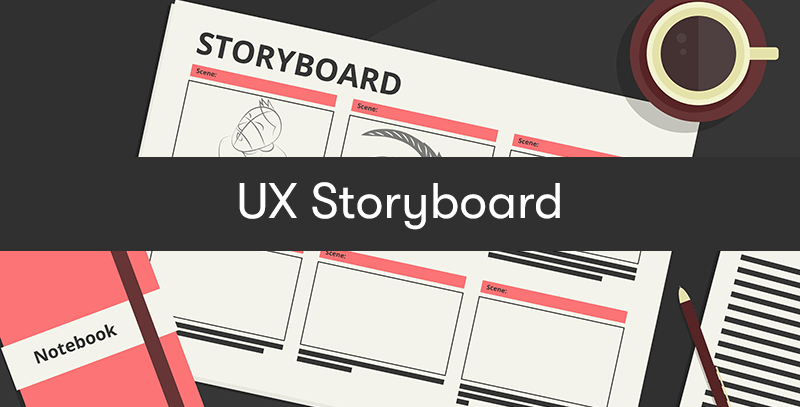UX Storyboard
UX storyboards are a pivotal tool in user experience (UX) design. These dynamic visual narratives distil the essence of user interactions, guiding designers, developers, and stakeholders on a journey of empathy and insight. In this blog, we will delve deep into the art of crafting UX storyboards, exploring their profound benefits in fostering understanding, alignment, and innovation.
Discover how to create compelling storyboards illuminating user journeys, untangle complexities, and ultimately pave the way for creating exceptional digital experiences. Whether you're a seasoned UX professional or embarking on this exciting path, join us in unravelling the power of UX storyboards.
What is a UX Storyboard?
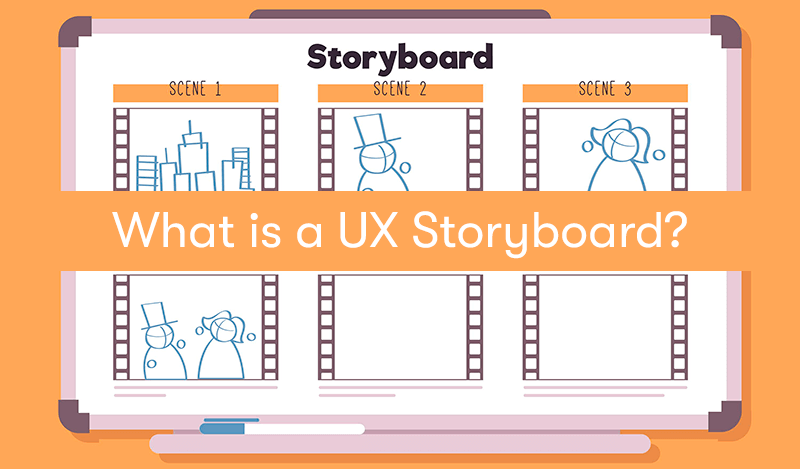
A UX storyboard is a visual representation of the user's journey through a product or system. It is a series of illustrations or sketches arranged in a sequence to depict the various stages and interactions a user goes through when using a digital product, website, application, or even a physical product. UX storyboards are often used in the design and development process to help teams understand and communicate the user's experience.
UX storyboards help visualise and narrate the user's journey and interactions, facilitating a better understanding of the user's perspective and aiding in designing and developing user-centred solutions. It's a valuable tool in the UX design process for creating products and services that meet user needs and expectations.
What are the advantages of a UX Storyboard?
UX storyboards offer several advantages in the design and development process of digital products and services:
Clarity and Visualisation
UX storyboards provide a clear and visual representation of the user's journey, making it easier for team members and stakeholders to understand their user's experience and interactions with the product.
Empathy and User-Centred Design
They help teams empathise with users by putting them in the user's shoes. This can lead to more user-centred design decisions and a better understanding of user needs and pain points.
Communication
Storyboards serve as a communication tool to convey design ideas, concepts, and user flows to team members, stakeholders, and clients. They can facilitate discussions and ensure everyone is on the same page regarding the design direction.
Problem Identification
User Testing Preparation
Storyboards can be used to create prototypes or scenarios for user testing. Having a visual representation of the user's journey makes it easier to plan and conduct usability tests to gather feedback for improvements.
Iterative Design
They support an iterative design process by providing a tangible artefact that can be updated and modified as the design evolves. Teams can make changes based on feedback and user testing results.
Alignment and Collaboration
UX storyboards facilitate collaboration among cross-functional teams, including designers, developers, product managers, and marketers. They help align team members around a common understanding of the user's experience and goals.
Efficiency
Creating a storyboard can help streamline the design process by forcing teams to think through the entire user journey, reducing the likelihood of overlooking critical steps or interactions.
Cost Savings
By identifying and addressing design issues early in the process, UX storyboards can help prevent costly changes and rework later in the development cycle.
Documentation
They serve as valuable documentation for the design process, providing a historical record of design decisions, rationale, and iterations for future reference.
Client and Stakeholder Engagement
Storyboards can be used to engage clients and stakeholders in the design process. They can make it easier for non-designers to provide input and feedback.
Creativity and Innovation
Storyboards encourage creative thinking and the exploration of different design solutions by visualising various user scenarios and interactions.
UX storyboards are a versatile tool that can improve the design process, enhance collaboration, and contribute to developing user-friendly and compelling digital products and services. They are crucial in creating designs that meet user needs and expectations.
The pitfalls of UX Storyboards

While UX storyboards offer many benefits, they also come with potential pitfalls and challenges that designers and teams should be aware of:
Oversimplification
Storyboards may oversimplify complex interactions or user journeys, potentially missing important details or nuances in the user experience.
Assumptions
Creating storyboards can lead to making assumptions about user behaviour or preferences without proper research or user testing, which can result in inaccurate representations of the user's experience.
Bias
Designers may unintentionally introduce bias into the storyboard by projecting their own assumptions, perspectives, or preferences onto the user's journey, potentially overlooking diverse user needs.
Limited Realism
Storyboards, especially those created early in the design process, may not accurately capture the real-world context in which users interact with a product or service.
Static Representation
Traditional storyboards are static and may not fully convey dynamic or interactive aspects of the user experience, such as complex animations or transitions.
Lack of Context
Storyboards may not always provide sufficient context or explanation for team members or stakeholders who are not intimately familiar with the design process, leading to misunderstandings.
Inflexibility
Once a storyboard is created, there can be resistance to making changes or updates, even when new insights or user feedback suggest necessary modifications.
Overemphasis on One Path
Storyboards can sometimes overly focus on one ideal user path, neglecting to consider alternative user journeys or edge cases that can affect the overall user experience.
Time-Consuming
Creating detailed storyboards can be time-consuming, which might not always be practical, especially in fast-paced development environments.
Dependency on Design Skills
Designing effective storyboards requires a level of design skill and visual storytelling ability. Teams without these skills may struggle to create compelling storyboards.
Neglecting Other Research Methods
Relying solely on storyboards as a user research and design tool may lead to a neglect of other valuable research methods, such as usability testing, user interviews, and surveys.
Miscommunication
Storyboards can lead to misunderstandings among team members and stakeholders, as interpretations may vary if not adequately explained or discussed.
Resistance to Change
Stakeholders or team members might become attached to a particular storyboard or design concept, making it difficult to pivot or explore alternative solutions.
To mitigate these pitfalls, it's essential to use UX storyboards in conjunction with other user research methods, conduct usability testing to validate assumptions and foster open communication within the design team and with stakeholders. Storyboards should be seen as dynamic tools that can evolve as the design process progresses rather than as rigid representations of the final product. Additionally, involving diverse perspectives and conducting user research can help ensure that the storyboard accurately reflects the needs and expectations of the target audience.
How to Create a UX Storyboard?
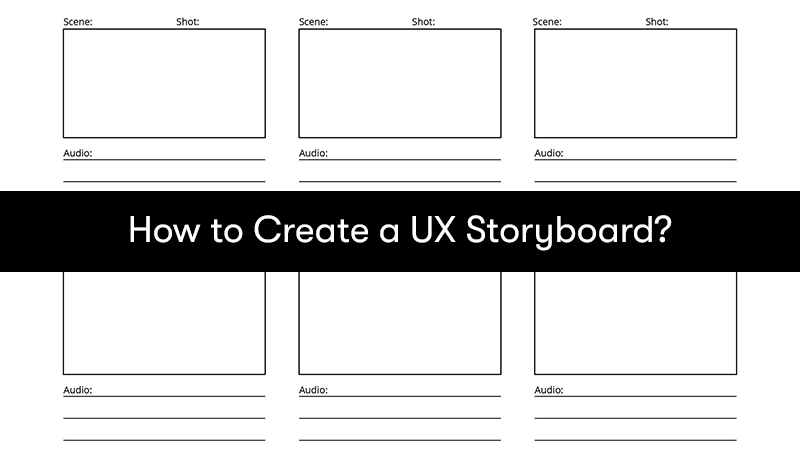
Creating a UX storyboard involves visually representing the user's journey through a product or system. Here's a step-by-step guide on how to create a UX storyboard:
Define the User Persona
Start by understanding who your target user is. Create a detailed user persona, including demographics, needs, goals, and pain points. This will help you tailor the storyboard to a specific user's experience.
Identify Key User Scenarios
Determine the primary scenarios or use cases you want to depict in the storyboard. These could be everyday user journeys or specific interactions you want to focus on.
Storyboard Format
Choose the format for your storyboard. You can create it on paper using sketches, digitally using design software, or even on a whiteboard for collaborative brainstorming sessions.
Create a Storyboard Template
Divide your chosen format into frames or panels representing each step or interaction in the user's journey. Number the frames to maintain the sequence.
Sketch the Scenes
Begin sketching the scenes within each frame. Use simple drawings or diagrams to represent user interactions, screens, or physical actions. Focus on clarity rather than artistic perfection.
Add Annotations
Include annotations or captions for each frame to provide context and explain what's happening. Describe user actions, emotions, thoughts, and any relevant design decisions.
Use Arrows and Lines
Use arrows, lines, or flow diagrams to indicate the flow of the user journey. Connect frames to show how the user progresses from one step to the next.
Highlight Touchpoints
Emphasise key touchpoints and interactions where the user engages with the product or system. These may include screens, buttons, forms, or physical interactions.
Incorporate Emotions
Depict the user's emotions or reactions at various stages of the journey. Use facial expressions or other visual cues to convey emotions and highlight pain points or moments of delight.
Iterate and Refine
Expect that your initial storyboard may require iterations. Be open to making changes, refining sketches, and updating annotations based on feedback and insights.
Gather Feedback
Share the storyboard with team members, stakeholders, or potential users to gather feedback. Ensure that it accurately represents the user's experience and addresses design objectives.
Consider Alternative Paths
If applicable, create alternative storyboards to explore different user journeys or scenarios. This can help uncover design opportunities and challenges.
Digital Enhancement
If you're creating a digital storyboard, you can enhance it with colour, typography, and digital assets to create a more polished and visually appealing representation.
Documentation
Document key design decisions and insights gained from the storyboard creation process. This documentation can inform future design iterations.
Update as Needed
Throughout the design process, keep the storyboard up to date to reflect any changes or refinements in the user experience.
Remember that the primary goal of a UX storyboard is to effectively communicate the user's journey, interactions, and emotions. It serves as a tool to foster understanding, collaboration, and empathy within the design team and among stakeholders. Your storyboard's level of detail and complexity should align with your project's specific goals and context.
Example of a UX Storyboard
Creating a complete UX storyboard here may be challenging due to text-based limitations. Still, I can describe an example of a simplified UX storyboard for a mobile app that helps users find nearby coffee shops. This example will include a few key frames and annotations:
User Persona: Sarah, a young professional who loves coffee and often looks for nearby coffee shops.
Scenario: Sarah wants to find a nearby coffee shop to grab her morning coffee.
Frame 1:
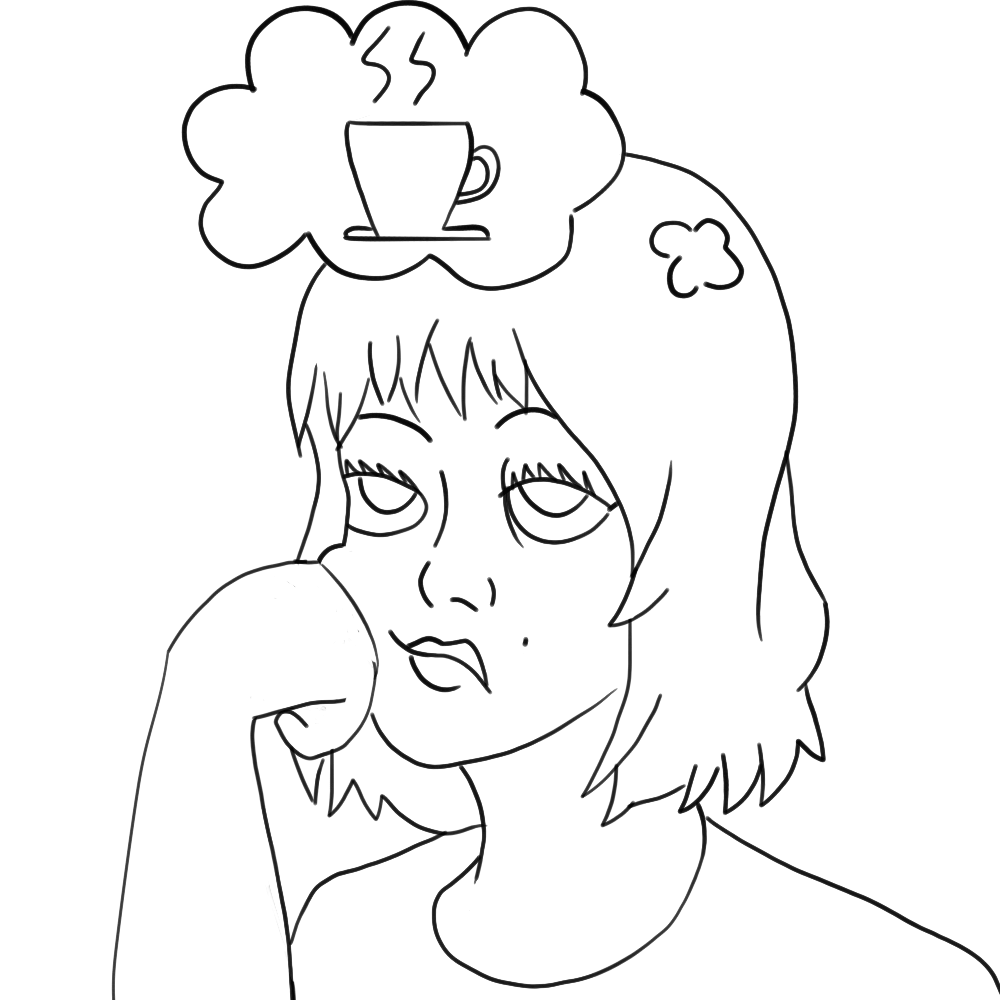
Sketch: Sarah's face with a sleepy expression.
Annotation: "Sarah wakes up craving coffee."
Frame 2:
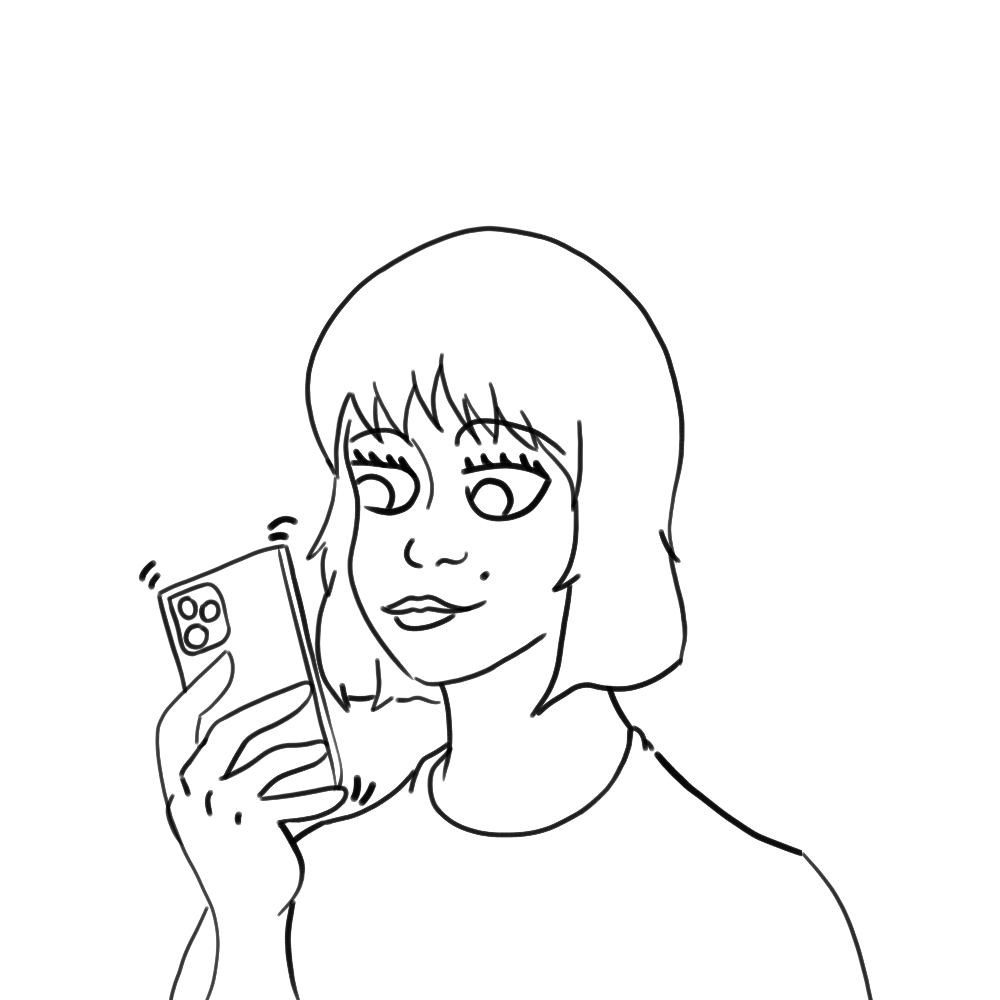
Sketch: Sarah is picking up her smartphone.
Annotation: "She grabs her smartphone to find a coffee shop."
Frame 3:
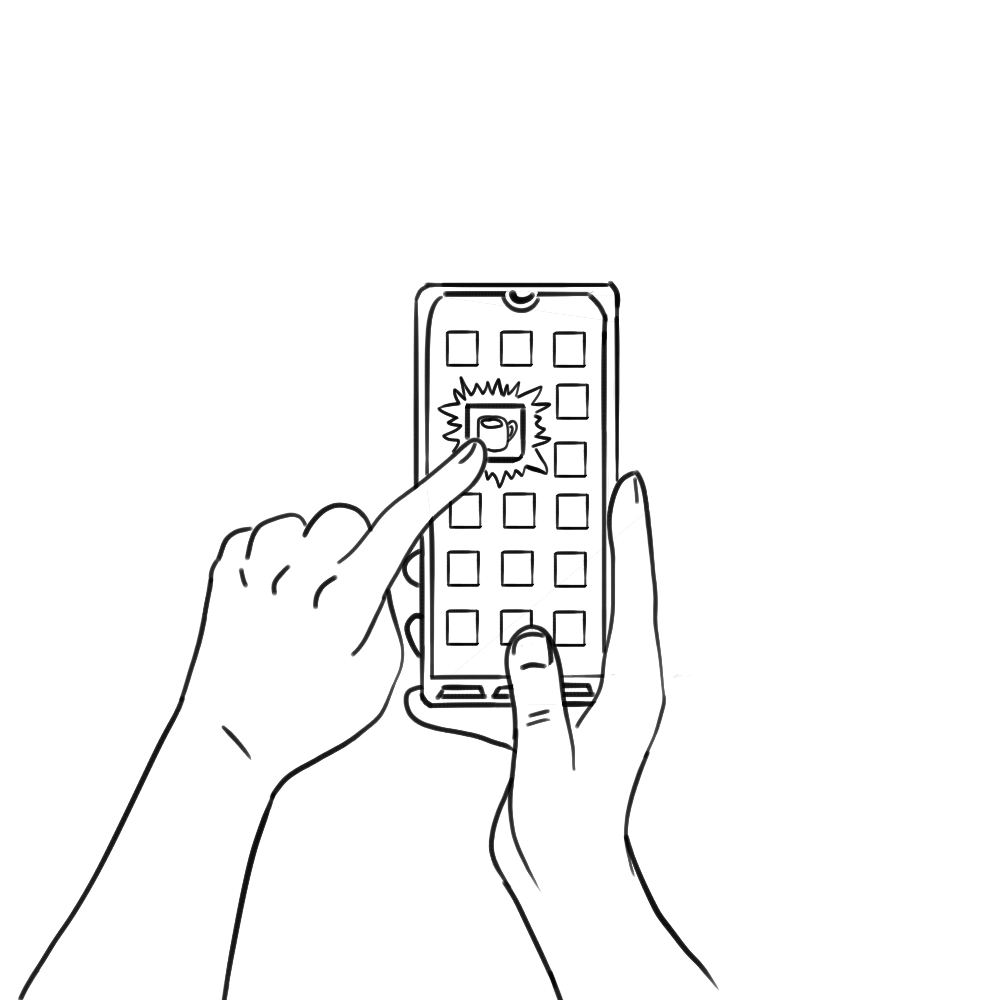
Sketch: Sarah opens the coffee shop app on her phone.
Annotation: "Sarah opens the coffee shop app."
Frame 4:
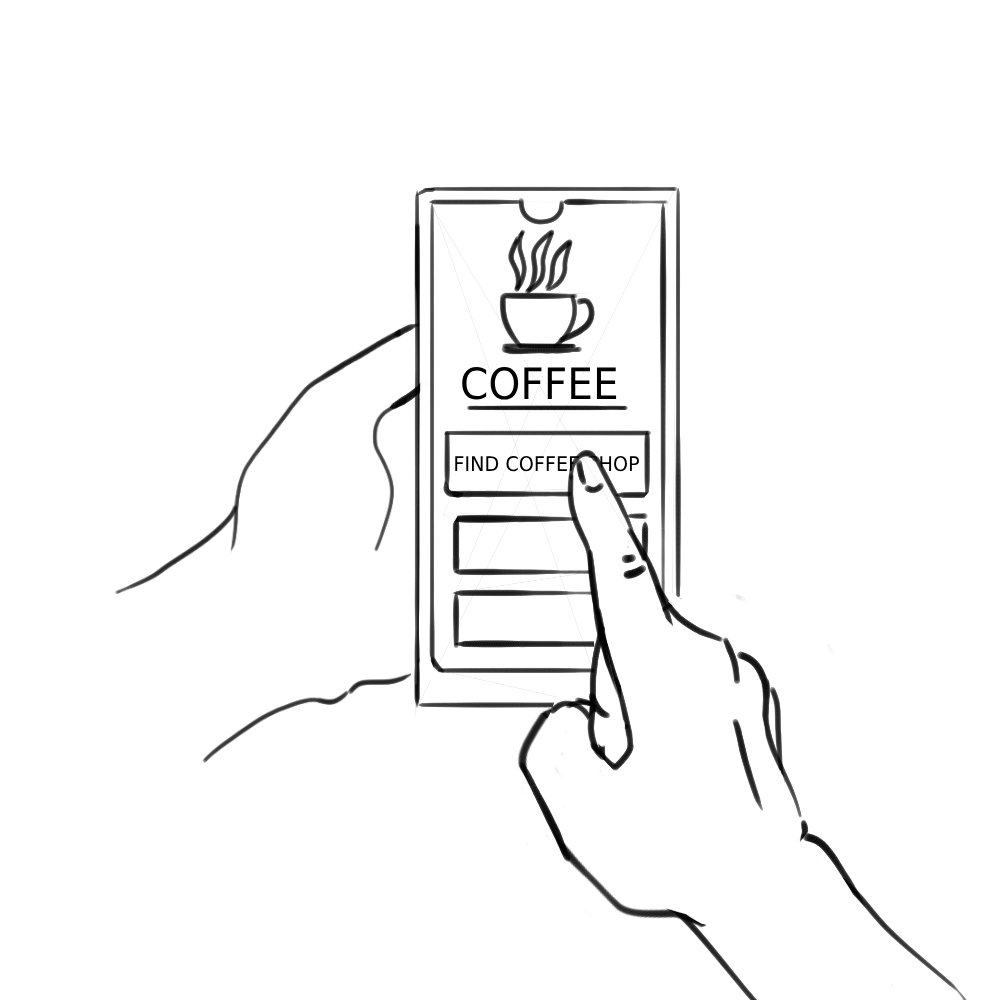
Sketch: Smartphone screen showing the app's home screen with a "Find Coffee Shop" button.
Annotation: "She sees the 'Find Coffee Shop' button and taps it."
Frame 5:
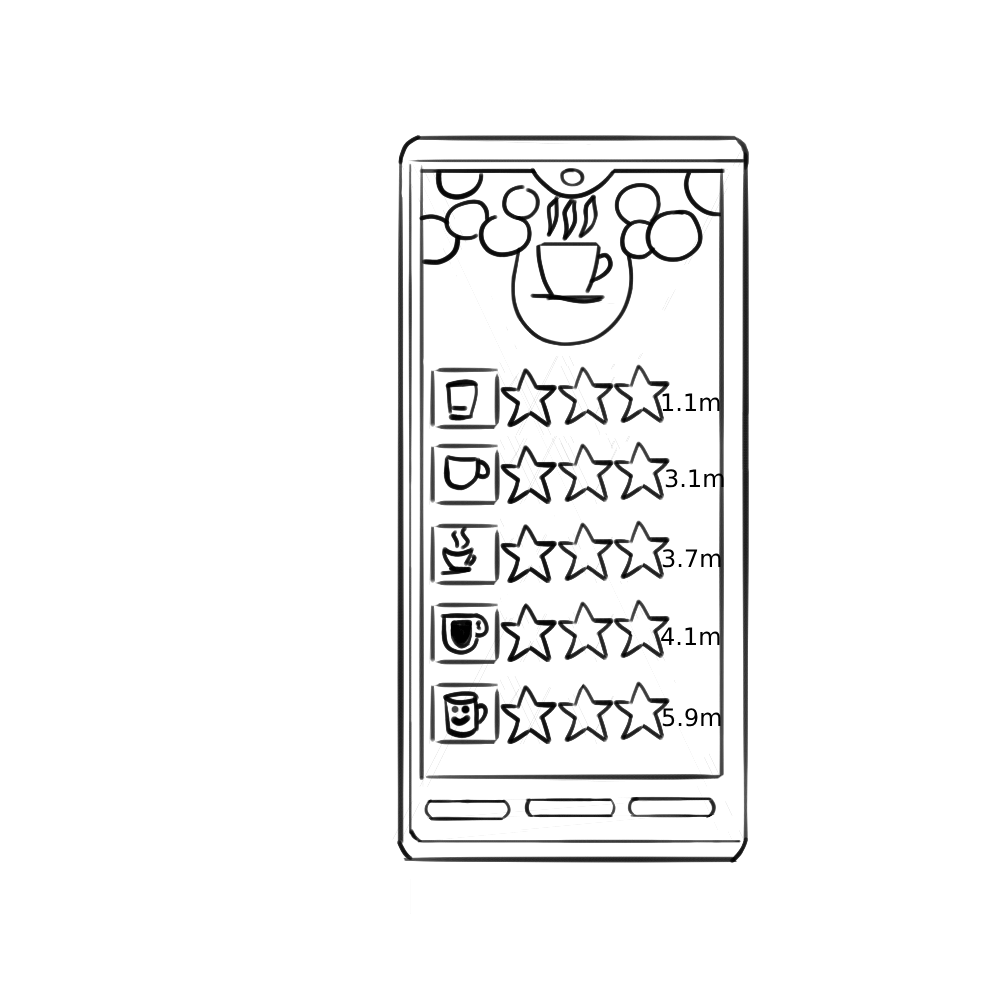
Sketch: Smartphone screen showing a list of nearby coffee shops with ratings and distances.
Annotation: "The app displays a list of nearby coffee shops with ratings and distances."
Frame 6:
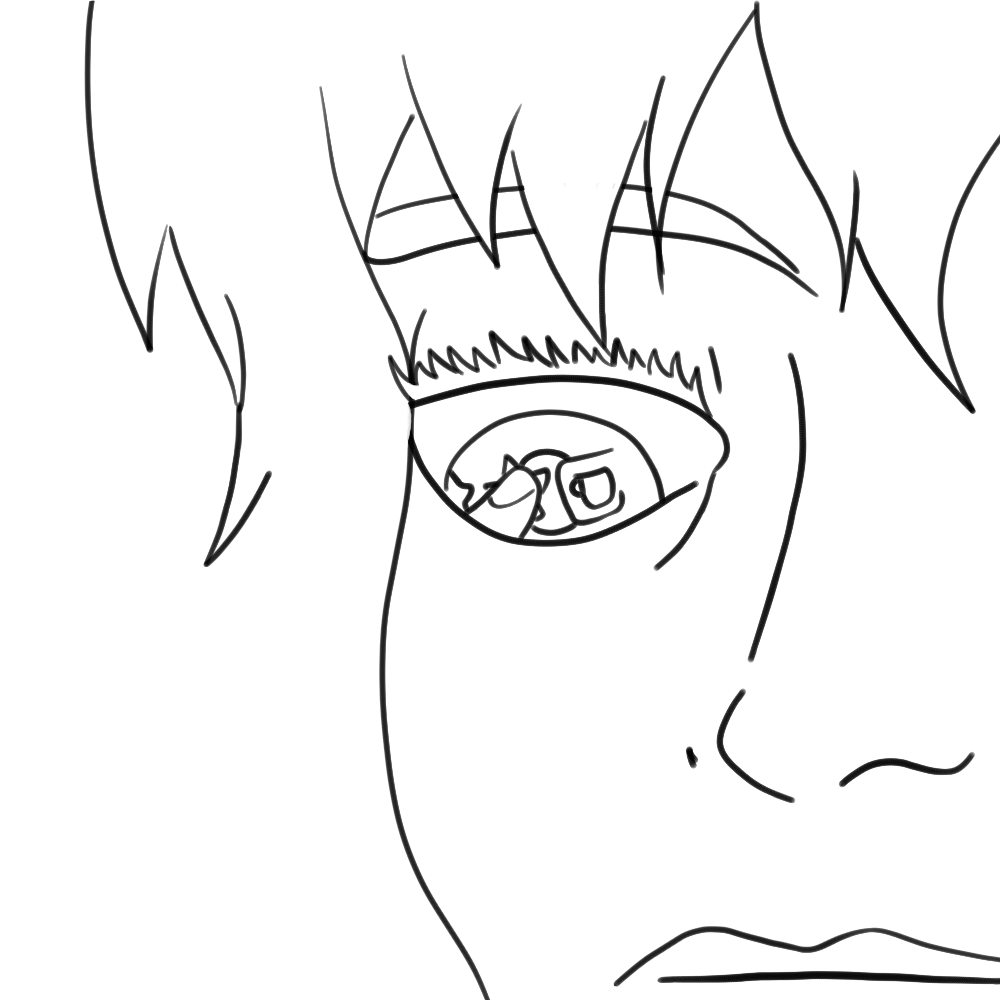
Sketch: Sarah is tapping on a coffee shop with a high rating.
Annotation: "She selects a coffee shop with a high rating."
Frame 7:
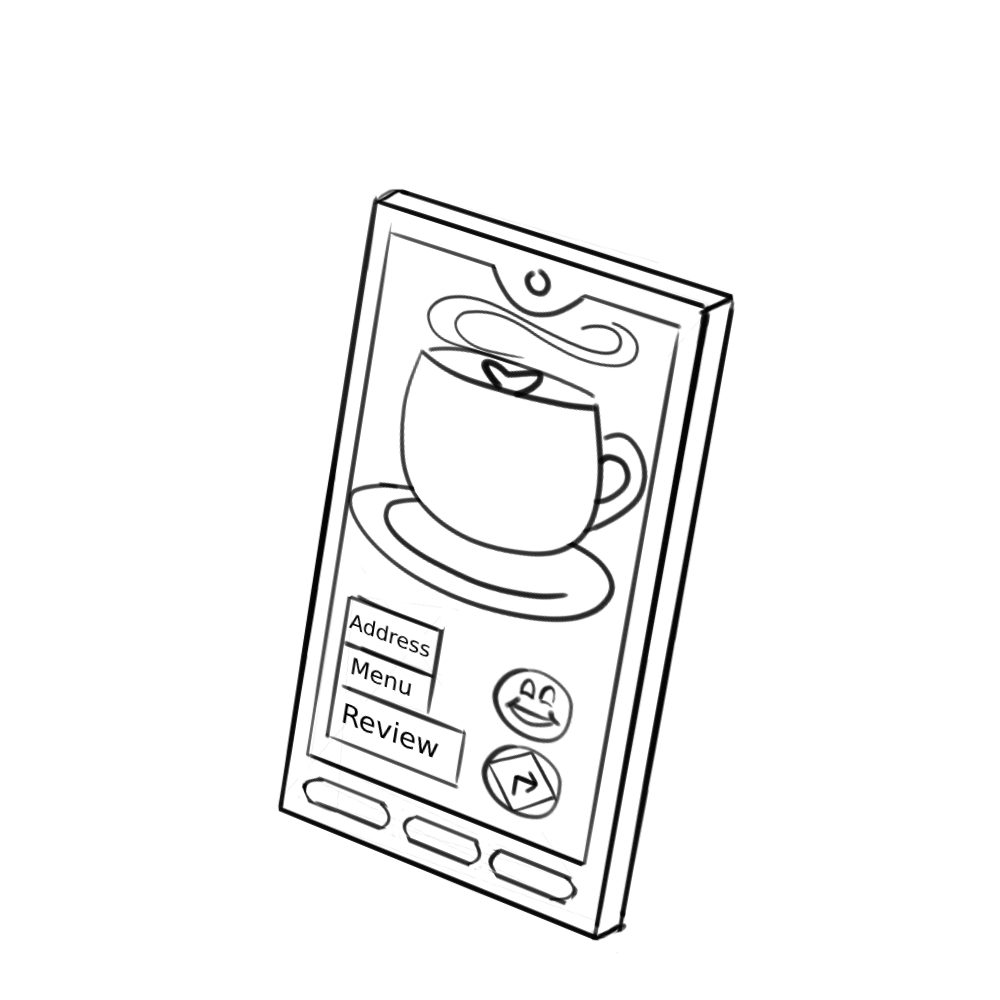
Sketch: Smartphone screen showing the coffee shop's details, including the address and menu.
Annotation: "The app shows details of the selected coffee shop, including the address and menu."
Frame 8:
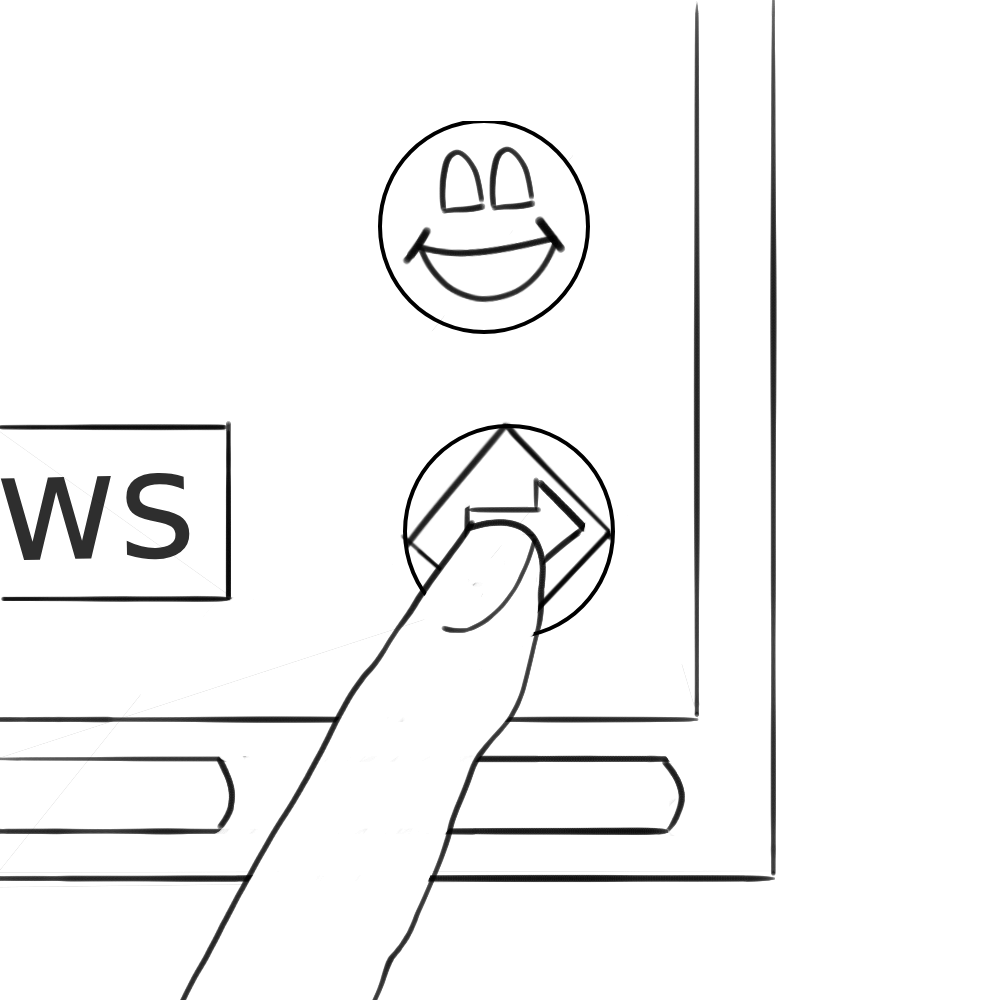
Sketch: Sarah taps on the "Directions" button.
Annotation: "She taps on the 'Directions' button to get directions to the coffee shop."
Frame 9:
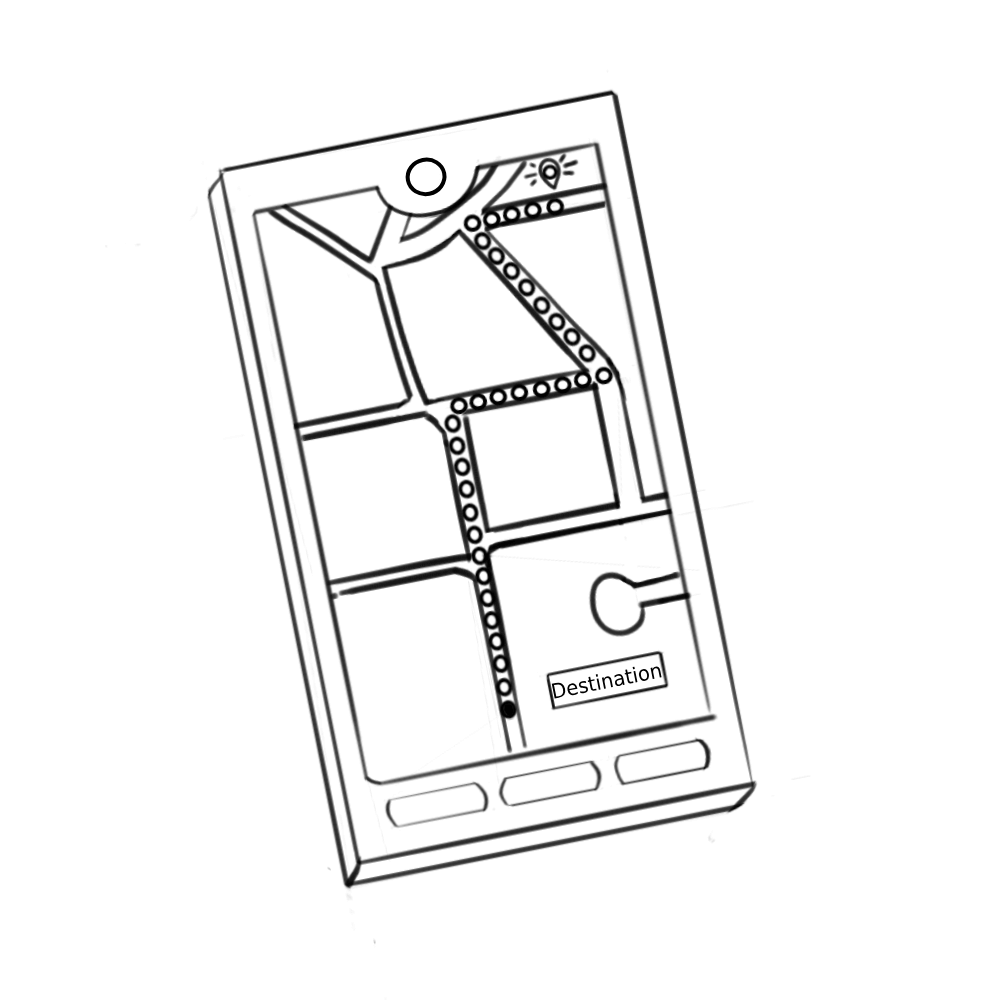
Sketch: Smartphone screen with a map displaying the route to the coffee shop.
Annotation: "The app provides a map with directions to the coffee shop."
Frame 10:
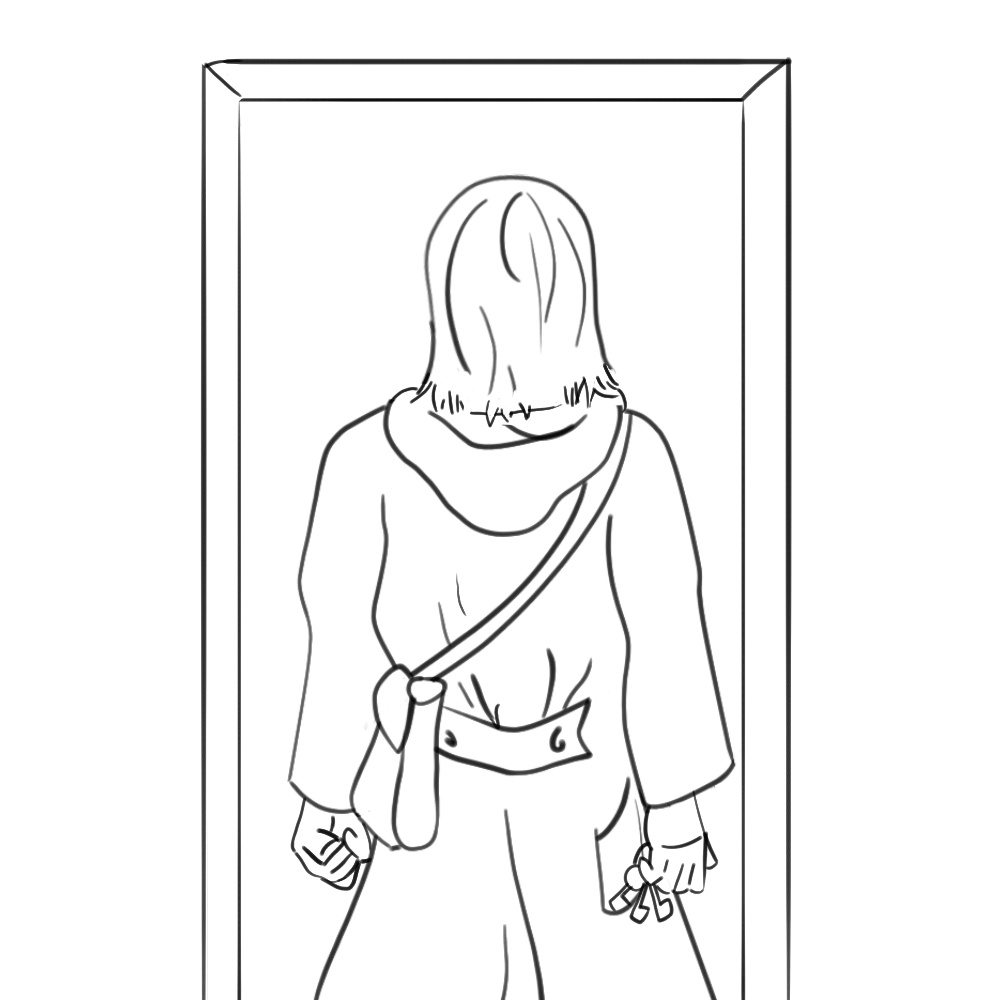
Sketch: Sarah, with a smile, is holding her keys.
Annotation: "Sarah is happy with her choice and grabs her keys to the coffee shop."
This is a very simplified example, and a complete UX storyboard would include more frames to cover additional interactions and potential user paths. However, even this basic example visually represents a user's journey through the app, highlighting fundamental interactions and decision points. The annotations explain what's happening in each frame and the user's emotions or actions at that point in the journey.
Where to Learn More About UX?
Our BCS Foundation Certificate In User Experience training course is perfect for anyone who wants to increase their knowledge of User Experience. The BCS User Experience course will teach you the UX methodology, best practices, techniques, and a strategy for creating a successful user experience. The course will cover the following topics:
- Guiding Principles
- User Research
- Illustrating The Context Of Use
- Measuring Usability
- Information Architecture
- Interaction Design
- Visual Design
- User Interface Prototyping
- Usability Evaluation
Click the button below to find out more.

Final Notes on UX Storyboard
UX storyboards are invaluable tools for capturing and conveying the essence of user experiences. These visual narratives distil the complex journey of individuals interacting with products or systems, rendering it comprehensible to diverse teams and stakeholders.
User personas, scenarios, and annotations infuse life into these storyboards, making them indispensable for fostering empathy, guiding design decisions, and mitigating potential pitfalls. Their significance lies in their ability to harmonise teams, elicit feedback, and spotlight user-centricity.
As we navigate the ever-evolving digital design landscape, UX storyboards are beacons illuminating the path to crafting exceptional user experiences.


